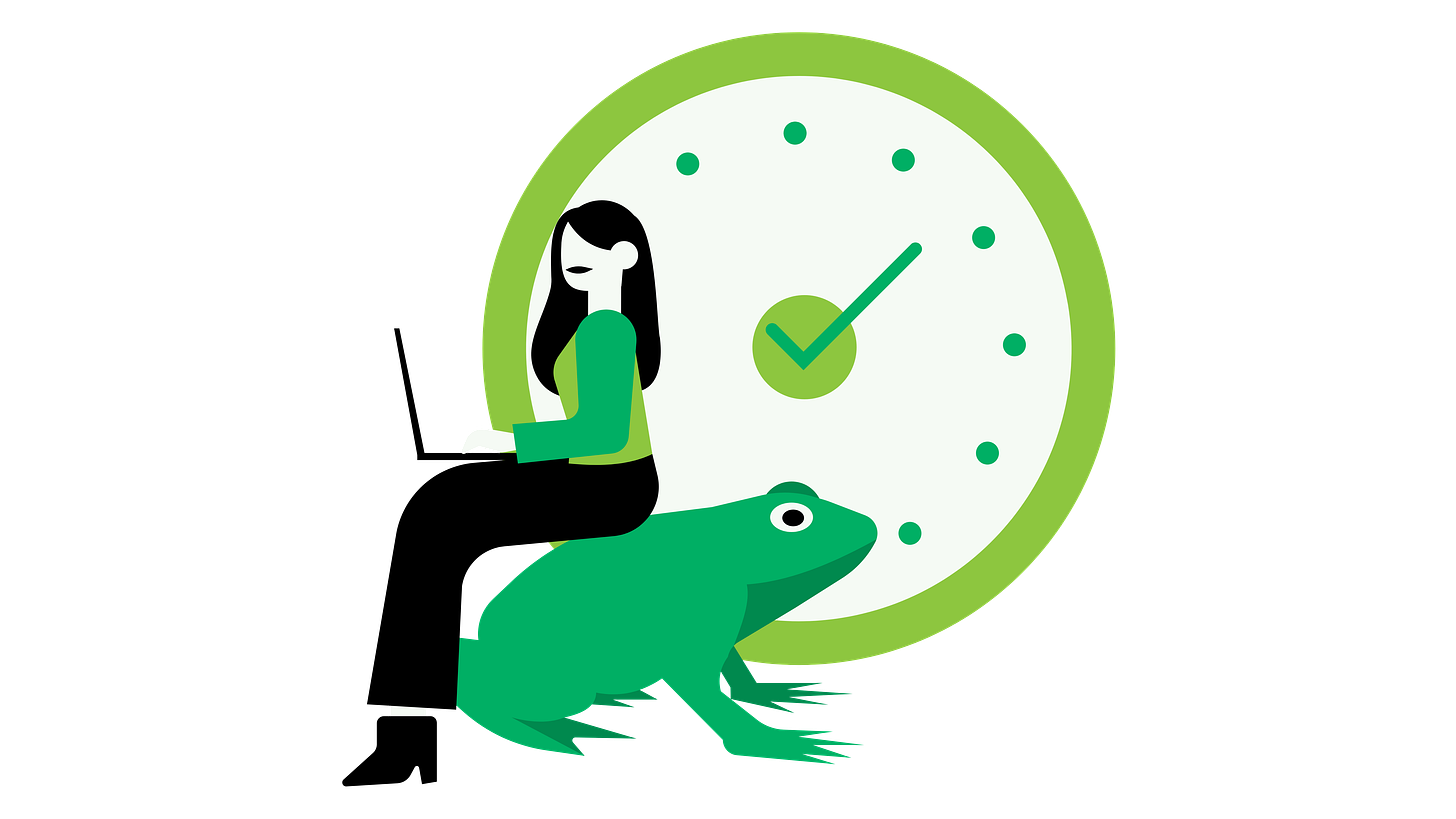Steering the Yes-No Paradox
Sohail Virani • 2023-09-10
The problems with overcommitments and how to manage them to reclaim your time.
Hello readers, Happy Sunday and welcome back to Vitality Digest. We’ll be starting off today’s discussion with a problem that has pretty much screwed with us all at some point in our lives. Overcommitment. We'll also be uncovering a straightforward productivity method, realizing the hidden superpower of zinc for your immune system and delving into the inspiring life of tech visionary Sundar Pichai. Plus, we'll show you how to weave a financial safety net.
Overcoming Overcommitment
Let’s face it, We’ve all at some point, enthusiastically nodded “YES” to every request and then realized that we have the time management skills of a caffeinated squirrel trying to solve a Rubik’s cube. So why do we do this in the first place?
There may be many personal motives involved. It varies from case to case and person to person. Let’s take the example of a newly hired employee who might try to impress their boss by showing off how productive they are or how they can manage multiple tasks simultaneously.
While taking additional responsibility at the time may feel good, the aftermath usually leaves the worker dissatisfied with their work. And then to keep up with the quality of the work, the worker gets into a sacrificial frenzy and starts to devote extra time to the same activities. Sound familiar?
Overcommitment can play a massive role in Burnout, a study finds. It only makes sense since an imbalance is created now. But we get it. It's equally challenging to resist offering assistance when someone is seeking to foster lasting relationships.
So how do we manage the paradox?
Meet the Energy Investment Portfolio aka the Vitality Portfolio.
It works just like a to-do list. But instead of tracking tasks, you’ll now be tracking the projects you're involved with at any given period in life. Now divide the list into four sections.
- Adventure Agenda: This section acts as your bucket list. Any project you plan to work on at a later point in life will go here.
- Current Endeavors: This section represents the projects you are actively working on. Usually picked from the adventure agenda, you should aim for anywhere between 3-5 projects at any given time. This could be something like preparing for an upcoming assignment.
- Background Work: This section indicates the work that is more passive. Projects where you don’t have to put in any thinking effort and it sort of subconsciously takes care of itself. An example would be reading 30 pages a day.
- Concluded Initiatives: Completed projects go here. You can simply delete them or archive them for recordkeeping.
Intentionally allocating your vitality to tasks and having an upper limit at all times aids in the decision-making process of where to say YES to a project or skip it.
Legendary YouTuber and productivity expert Ali Abdaal made a video on this idea. Check it out here.
Eat the Frog
Ever wake up and think, "Gee, I'd rather wrestle a grizzly bear than tackle that project"? You're not alone! We've all got that one task lurking in the shadows, waiting to pounce on our daily to-do lists like an overeager cat.
"Eat the Frog" is a productivity strategy popularized by author and motivational speaker Brian Tracy. It's based on the idea that if you start your day by tackling your most challenging or important task (the "frog"), everything else will seem more manageable. In essence, it's a way to prioritize tasks and conquer procrastination.
How to Make Use of the "Eat the Frog" Strategy
- Identify Your Frog: The first step is to identify the task that you've been dreading or that requires significant effort and attention. This could be a complex project, a difficult conversation, or anything that you've been putting off.
- Prioritize Your Frog: Once you've identified your "frog," prioritize it. It should be the very first task you tackle when you start your workday. This means you'll be at your freshest and most focused when you approach it.
- Break It Down: If your "frog" is a particularly large or complex task, break it down into smaller, more manageable sub-tasks or steps. This makes it less intimidating and helps you maintain a sense of progress.
- Continue Your Day: With your most challenging task out of the way, the rest of your day should feel more manageable. Move on to other tasks on your to-do list, and use the momentum gained from tackling the "frog" to stay productive.
- Repeat Daily: Make "Eating the Frog" a daily habit. Start each workday by identifying and prioritizing your most important task, and tackle it head-on.
The Power of Zinc
Zinc is a crucial mineral that plays a significant role in supporting the immune system. It is involved in various immune functions and processes, making it an essential nutrient for overall health and well-being.
It is indispensable for the development and activity of immune cells like white blood cells (lymphocytes and neutrophils), which are frontline defenders against infections. Additionally, zinc acts as an antioxidant, safeguarding immune cells from damage inflicted by free radicals and sustaining a robust immune response.
Zinc's importance extends to maintaining the skin and mucous membranes, which serve as crucial barriers against invading pathogens. This mineral also serves as a co-factor for numerous enzymes essential in cellular processes, some of which are integral to immune system function. It also exhibits antiviral properties, inhibiting the replication of certain viruses and potentially mitigating the severity and duration of viral infections, including the common cold.
How to support your immune system with Zinc
- Diet: Include zinc-rich foods in your diet, such as lean meats, seafood, dairy products, nuts, and whole grains.
- Supplementation: If you have a zinc deficiency or are at risk of one, consider zinc supplements under the guidance of a healthcare professional. However, it's essential not to exceed recommended daily allowances, as excessive zinc intake can have adverse effects and may lead to a copper deficiency.
- Hydration: Stay hydrated, as water is essential for overall health and immune system function.
Sundar Pichai
Source: Indian Express
In the ever-evolving landscape of technology and innovation, few figures have left as indelible a mark as Sundar Pichai. As the CEO of Alphabet Inc., the parent company of Google, he stands at the forefront of shaping the digital future.
Born in Chennai, India, in 1972, Sundar Pichai exhibited early promise in academics. He pursued a degree in Metallurgical Engineering at the Indian Institute of Technology (IIT) Kharagpur, where his exceptional talent caught the attention of his peers and professors.
Pichai's journey took a pivotal turn when he earned a scholarship to pursue a Master's degree at Stanford University in the United States. It was at Stanford that he immersed himself in the world of technology and innovation, earning degrees in both Material Sciences and Engineering.
In 2004, Pichai joined Google, which was still in its early stages but showed tremendous promise. His initial role was as a product manager, and he quickly gained recognition for his ability to steer innovative projects. Sundar Pichai played a pivotal role in the development and launch of Google's most transformative products, including the Chrome web browser and the Android operating system.
In 2015 Pichai was named CEO of Google. Under his leadership, the company continued to expand its product offerings, branching into areas like artificial intelligence, cloud computing, and hardware. His commitment to innovation and his dedication to making information accessible to people all around the world aligned perfectly with Google's mission.
Sundar Pichai's journey from a young boy in India to the CEO of one of the world's most influential tech companies is a source of inspiration for countless individuals aspiring to make their mark in the digital age. His leadership is characterized by a commitment to innovation, a dedication to ethical practices, and a vision for a more accessible and connected world.
Build an Emergency Fund
Picture this: You're peacefully sipping your morning coffee, thinking your day will be as routine as ever. But then, the universe decides to throw a curveball your way—your car transforms into a spaceship that demands a hefty repair bill, or your pet iguana decides to take up synchronized swimming in the bathtub, flooding your bathroom.
While we can't predict when these delightful "emergencies" will strike, we can certainly prepare for them. Building and maintaining an emergency fund is a cornerstone of financial wellness, providing you with a crucial safety net in times of need.
How to Build an Emergency Fund
- Start Small: If you're new to saving, begin with a manageable goal, like $500 or $1,000. Once you reach that milestone, set your sights higher.
- Automate Savings: Set up automatic transfers from your checking account to a separate savings account dedicated to your emergency fund. Treating it like a monthly bill ensures consistent contributions.
- Cut Unnecessary Expenses: Review your monthly expenses and identify areas where you can cut back. Redirect the money saved into your emergency fund.
- Use Windfalls: Whenever you receive unexpected money, such as a tax refund, work bonus, or gift, consider directing a portion or all of it into your emergency fund.
- Side Hustles: Explore opportunities to earn extra income through freelance work, part-time jobs, or selling items you no longer need. Channel this additional income into your fund.
That's it for this week’s issue. If you liked what you read, it would mean the world to me if you shared it with your friends and family.
Stay vital and have a great week.
Yours truly,
Sohail




















